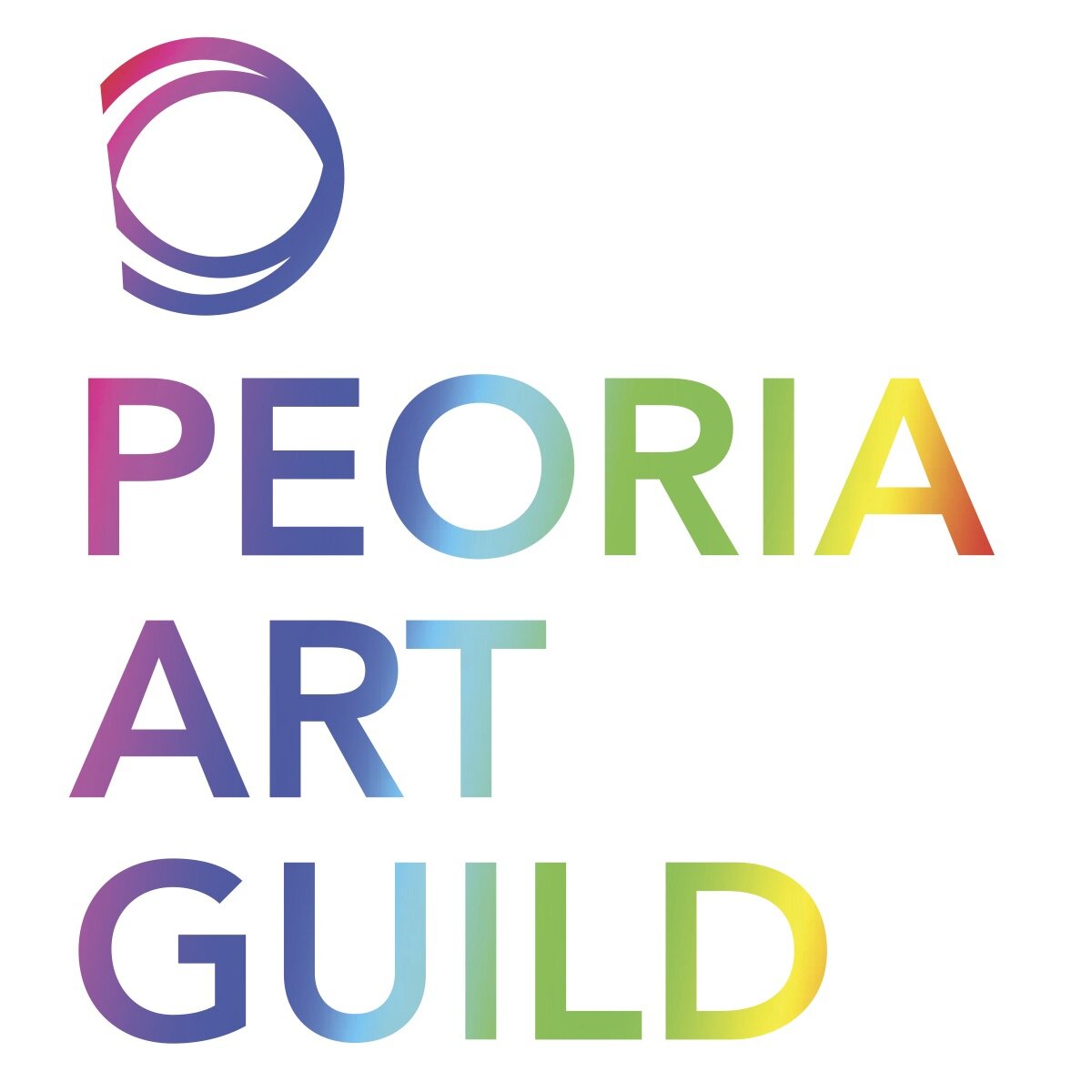Tamar Segev - Inscribing Memory
For those who are unfamiliar with Tamar Segev's work, a well-chosen selection of her mixed-media collages will be on view at the Peoria Art Guild in September. The exhibition “Inscribing Memory” offers a memorable opportunity to get to know an unusual oeuvre, collages, which are paired with her woodblock monoprints.
Her work deserves more critical attention. Segev has grown to possess an open mind and generous spirit. To make her collages, she used scraps of fabric, thread, paper, graphite, ink, and paint. These diverse mediums create abstract images full of texture and artistic energy through a very personal narrative.
Tamar Segev's most wistful, emblematic essays in texture, color and form are represented as extreme collages in this exhibition. The exhibit features numerous works with their central matrix of raw canvas and include her typical mark making with threads that are stitching-together biomorphic fabric components. Enriched with scratchy, primordial markings and gestural outlines, her collage work has formed an abstract language innate to the artist's hand. One work includes references to a coupling of human forms, but for the most part, the exhibition images are uniquely abstract.
Daubed with splotches of color, and vaguely alphabetic “writing” and irregular lines made by sgraffito on their surfaces, many of Segev's collage works are lyrical and yet energized with a strength reliant on abstract concepts. Far from dark, the artist presents a textural world that layers thoughts and emotions, an excavation of the artistic plane and her intention.
Through her art, her collages evoke a sense of contemplation and uncertain emotion. She has dared to dive deeply into the soul of her creations whose spirit whispers a message of intrigue, endurance and hopefulness in humanity and every creative venture.
“Inscribing Memory,” features works on canvas that explore connections between familial memory, historical narratives, and contemporary culture, as they are embedded in the architectural surfaces of Lodz, Poland, her grandparents’ hometown. From 1940-44, her grandmother and her family lived in the Lodz Ghetto in Nazi-occupied Poland. In 2019, she traveled to Lodz and saw remnants of this time period, as many buildings from WWII remain intact today. In entryways and courtyards, where surfaces are marred by chipped paint and graffiti, she felt the gravity of the war and a material connection to her grandmother's experience. In these paintings, she interprets the entryway of Limanowskiego 48, her grandmother’s ghetto apartment. Her paintings are a structure for memory, a house for her family’s experience within the history of this ghetto. In each painting, she returns to this site, building new records of inquiry, excavation, and remembrance. She constructs the final works from cut pieces of painted canvas, which evoke fragments of memory. The physical gesture of stitching embodies the labor of remembering and conjures a lineage of textile work in her family. Her mark-making is an attempt to penetrate memory while simultaneously inscribing it into her own experiences and understanding. In these works, she foreground memory as a discursive, material practice, where active remembering ensures memory’s place in the present.
Peoria Art Guild does not and shall not discriminate on the basis of race, color, religion (creed), gender, gender expression, age, national origin (ancestry), disability, marital status, sexual orientation, or military status, in any of its activities or operations. We are committed to providing an inclusive and welcoming environment for all members of our staff, volunteers, artists, students, and clients.
